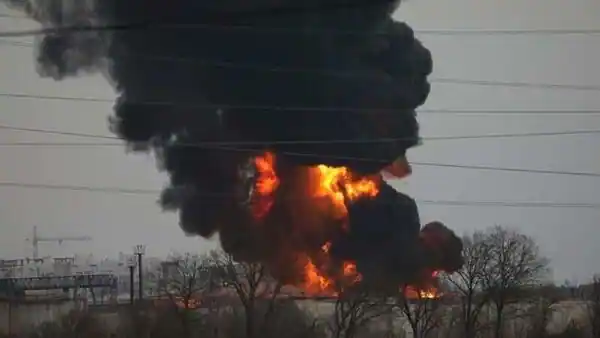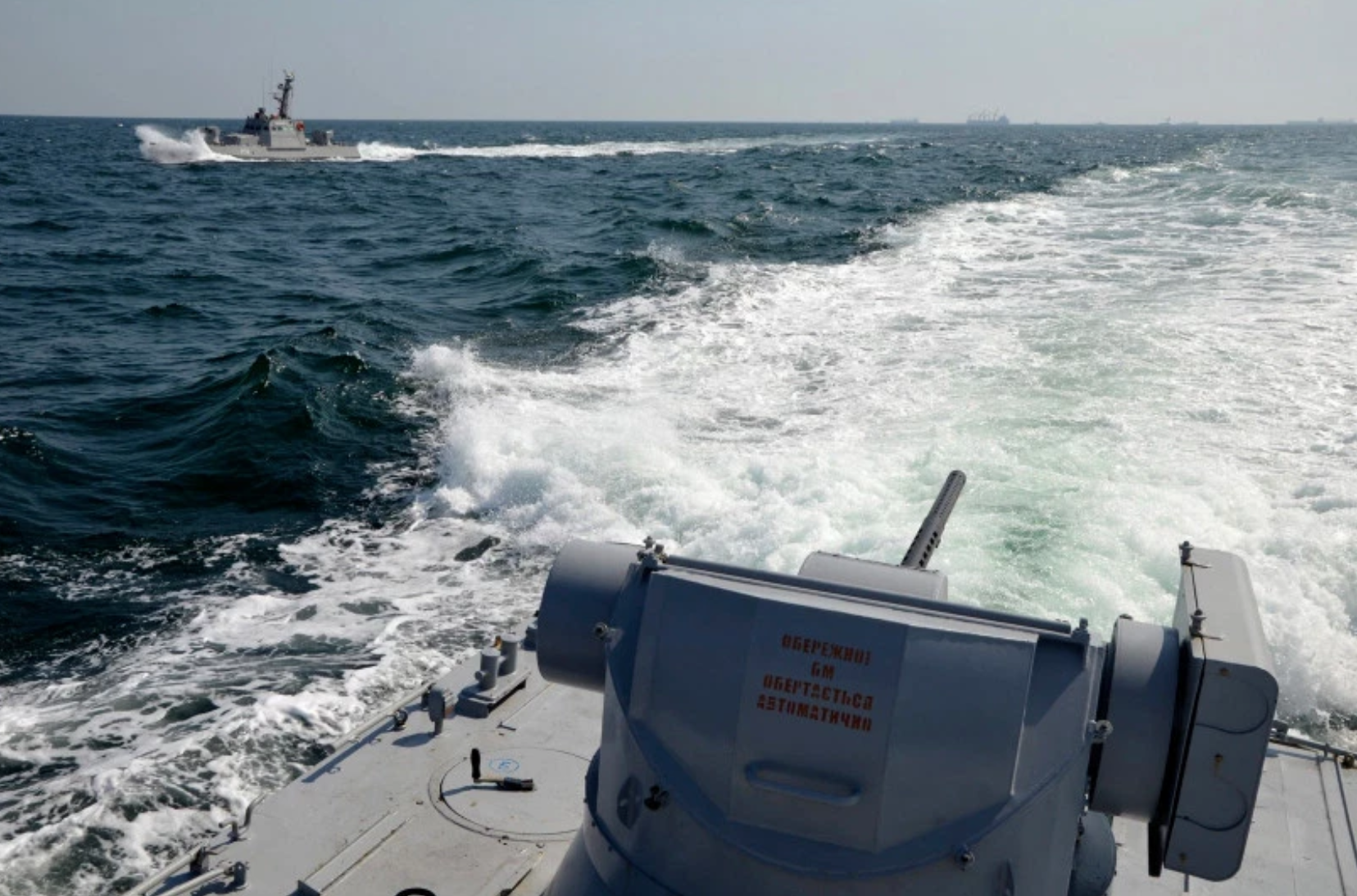Liubov Tsybulska, Head of Ukraine's Center for Strategic Communications and Information Security, dissects Russian information war accompanying NATO's Sea Breeze exercise in the Black Sea that escalated in a full-blown attack on the British Defender, which calmly crossed into Crimean territorial waters, reminding the world that the peninsula belongs to Ukraine.
- gradual suspense;
- then escalation, aggressive attacks through the media and social networks;
- and finally normalization through pushing to accept their conditions at the highest political level.
All this is carefully planned and coordinated. And disinformation in each operation is given just one of the roles, albeit a significant one.
“Poke-and-probe.” Why Russia is massing troops & military hardware along Ukraine borderThe information support of this case is similar to the one that preceded the events in the Kerch Strait in November 2018, when Russia attacked Ukrainian ships and captured Ukrainian sailors. Then, a few days before the incident, Russian propaganda talk shows went on the air with the message “Poroshenko ordered to take over the Sea of Azov,” and Russian Duma deputy Leonid Kalashnikov actually “predicted” the event itself, calling it a Ukrainian provocation:
“This story may lead to some kind of provocation, as a result of which tomorrow, as in Salisbury, without any evidence it will be like 'Russians bombed some boat there or shot down something else.'"Soon the suspense picks up momentum. At the beginning of the summer, a message appears from the Russian Ministry of Defense that the training is a cover for the secret transfer of weapons to Ukraine. The same statement is distributed by the Russian Foreign Ministry. This thesis is frankly absurd because the United States openly helps Ukraine with armaments, and the Sea Breeze training is not needed for that. Then Russia starts intimidating and sputtering threats. The day before the incident with the British destroyer, Putin says that NATO is expanding, breaking its promise not to do so. Another Putin’s return to the thesis of “red lines that Russia will define for itself.” The next day, just hours after the British destroyer's innocent passage 12 miles from Crimea, the Russian embassy in the United States literally explodes with a tweet about the “aggressive character of the exercises” and calls on the US and NATO to stop them. From this moment, a massive information bombardment begins.
Usually, the mechanism of this wave is quite simple: Russian intelligence sends “their” media, bloggers, and “experts” special “playbooks” with the main narratives that need to be actively disseminated.
Creating an image of the enemy is a method tested by authoritarian regimes, which allows to mobilize and consolidate the internal audience, give a sense of tension and distract from internal state issues.

Liubov Tsybulska is Head of Ukraine's Center for Strategic Communications and Information Security.
Related:
- Why Ukraine does not (yet) “deserve” NATO membership
- Is Ukraine getting closer to NATO membership?
- The 2021 Brussels NATO summit: triumph or defeat for Ukraine?
- “Black Sea mosquito fleet”: how the UK will help Ukraine regain its naval footing
- Russia closing off more of Black Sea even as it pulls its land forces back from Ukrainian border
- “Poke-and-probe.” Why Russia is massing troops & military hardware along Ukraine border
- Russia prepares for Zapad 2021, keeps heavy armed forces close to Ukraine




